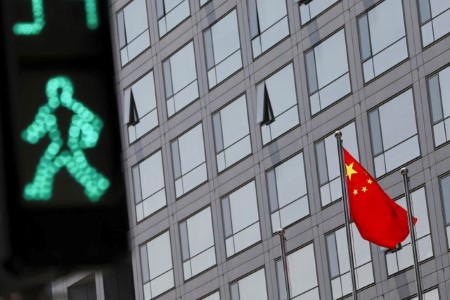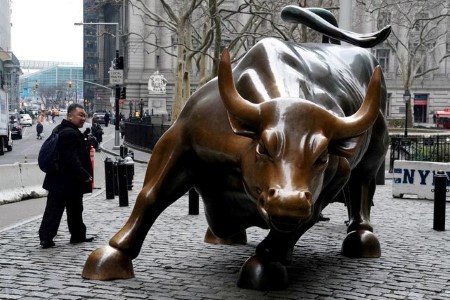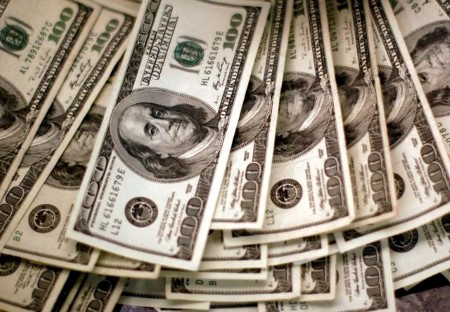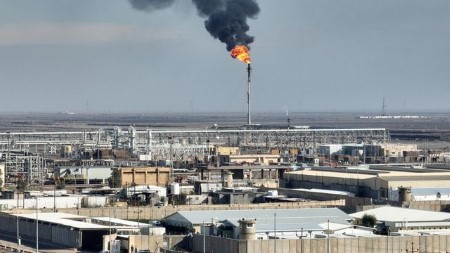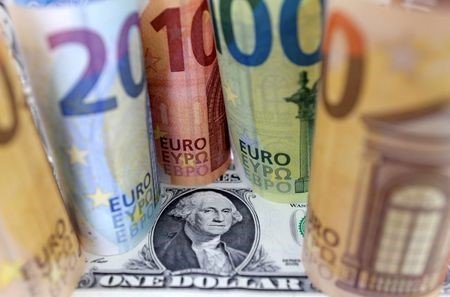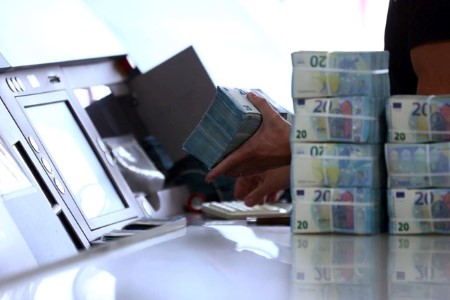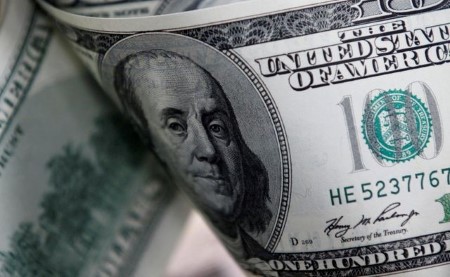NEW YORK, Jan 8 – The US healthcare sector is showing signs of life after lagging in 2023 as investors bet cheap valuations will offset a tendency to underperform during presidential election years.
The S&P 500 healthcare sector has climbed about 6% since the start of December, doubling the gain of the broader index during that period. Its performance during 2023 overall was far less impressive, as it rose just 0.3% compared to the S&P 500’s 24% jump.
Healthcare, which has a roughly 13% weight in the S&P 500, was one of the areas left behind last year as investors flocked to the narrow group of massive tech and growth stocks that propelled indexes higher.
The rise of new obesity treatments sparked worries that there would be less need for medical treatments aimed at weight-related health conditions at the same time demand for COVID-19 products waned.
The sector’s lackluster showing has made it an attractive target for investors looking for undervalued areas of the market. The healthcare sector trades at 17.9 times forward earnings estimates versus a P/E ratio of 19.7 for the S&P 500, a discount of 9%. Historically, healthcare has traded at a 4% premium to the broader index, data from LSEG Datastream showed.
“Investors are starting to look out for those sectors that didn’t work in 2023, and healthcare fits that bill,” said Art Hogan, chief market strategist at B. Riley Wealth, who is recommending investors “overweight” the healthcare sector.
Some investors are also betting that the rally that boosted tech and growth stocks will spread to other areas – a phenomenon that appears to have started late last year as banks, small caps and other unloved areas of the market drew heavy buying.
Earnings are another potential bright spot, with companies in healthcare expected to increase profits by 17.5% in 2024, versus an 11.1% rise for the S&P 500 overall, according to LSEG data.
Last year “was a very narrow market and I think that broadens out in 2024 and creates opportunities for lots of different stocks to perform better, including healthcare stocks,” said Michael Smith, senior portfolio manager for Allspring Global’s Discovery Large Cap Growth Fund, which owns shares of UnitedHealth Group, Intuitive Surgical, and Veeva Systems.
The discount is more acute in certain areas of healthcare.
Excluding Eli Lilly, whose shares soared last year on enthusiasm over the potential of its weight-loss treatment, a group of large-cap drugmakers and biotech companies tracked by JPMorgan were trading at a 30% discount to the S&P 500, a “historically low” level, the bank’s analysts said in a note late last month.
Patrick Kaser, a portfolio manager at Brandywine Global, said the firm’s value-stock funds are significantly overweight the sector, including holdings in CVS Health, Bristol Myers Squibb and Viatris.
“Classically, value investors are looking for a group that is out of favor with low valuations,” Kaser said. “Healthcare checks both those boxes really well right now.”
REASONS FOR CAUTION
An early test for the sector comes at this week’s JP Morgan healthcare conference in San Francisco, where investors are gathering to hear dozens of companies forecast the year ahead and talk about their prospects.
There are reasons for caution regarding healthcare’s performance in 2024.
The widely expected scenario of a stable but slowing economy, ebbing inflation, and falling interest rates could give investors little reason to abandon the big tech and growth stocks that worked for them last year. Those same factors could also be more favorable to sectors that are more tightly linked to the economy, such as financials and industrials.
Healthcare stocks also tend to struggle in presidential election years, as the cost of medical care frequently emerges as a political issue that puts the industry in the crosshairs. The sector has only beaten the S&P 500 in three of the past 12 presidential election years, according to Strategas.
However, some investors believe this year’s presidential contest poses less risk to healthcare stocks than recent past elections.
Neither political party is expected to gain significant majorities in Congress, diminishing the chances of major legislation that overhauls the industry, while President Joe Biden already enacted legislation during his first term that addresses drug prices.
Generally, healthcare is “an easy target for politicians,” said Kaser.
This year, “I don’t think there is a likely outcome of anything big and new hitting the sector… (There is) less uncertainty than many election years.”
(Reporting by Lewis Krauskopf; Editing by Ira Iosebashvili and Bill Berkrot)







 DOWNLOAD
DOWNLOAD






